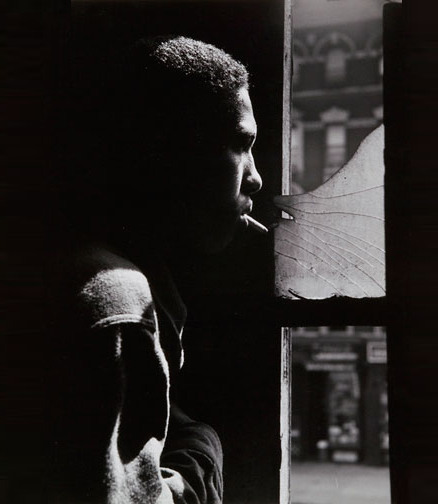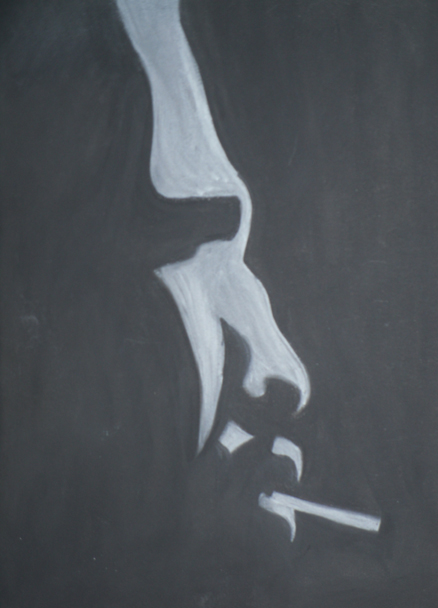02
- 24th of Feb. 2010 -
I first came across this particular photograph in an old World Exhibition of Photography catalog I found outside the library when I was 16. Already in a condition that indicated it had passed under many hands, this catalog was first published in 1964 and I believe my version in one published in 1967. It accompanied an exhibition revolving around the theme of What is Man?

Though this was not my first encounter with old photography, it was certainly the most important and the one that made me love it so much. I fell in love with gradient, heavy, 3200 ASA photography, and started dreaming about owning my own reflex camera. In the mean time, I was using this old catalog as an inspirational tool. With photos spanning from the early 1900’s through documentation of WWII and portraits of icons like Marilyn Monroe and Pablo Picasso, to the contemporaries of the time, there was nothing better. Every time I got stuck and needed to fuel up my creative juices, I would turn to it. Though most of the time the end result looked nothing like what had inspired it, nothing would get me going better than this old thing.
Within the 555 photos, by 264 photographers, were a few that never failed to inspire. One of them, which will end up inspiring through the years, was a photo by Gordon Parks, titled: Red Jackson in The Harlem Gang Story, from 1948.

Knowing nothing about the photographer or the photograph itself (Google was a far away dream when I was in high-school), all I saw was a high contrast, heavily gradient photo. The subject was of a young man, a cigarette dangling from the side of his mouth, standing at the window. To me, it spoke of poverty, of a rough patch of life and of the dedication and determination to whatever he is looking at through that broken window. It was not until recently, that I had a chance to get to know the photographer and the real meaning of the photo.
Gordon Parks, known for his documentation of the poor black communities, was the first to bring awareness to the subject. He worked at a time when photographers used their documentation abilities to show the American public what the real America looks like. His photos tell a story. Each its own chapter, they become a complete account of a situation when put together. This photo is a part of a series made to document a Harlem gang for Life Magazine. There is something unique in this photo, as it manages to convey not the ruthless, strong, rebel gang leader, but a young man, old beyond his years, tired of fighting, almost disgusted by it.
16 years later, the catalog is falling apart at the seams. I still take it out carefully every once in a while, when I need something to jump start my visual thinking. It still holds most of my favorite sources of inspiration, though Park’s photo is not in there anymore. I think it got torn out at some point, probably from overuse, lost somewhere between Tel Aviv and New York. Luckily enough, I was able to find it in Taschen’s 20th Century Photography (Museum Ludwig Cologne), so its inspirational power over me still exists.

So what do you think? The world wants to know!